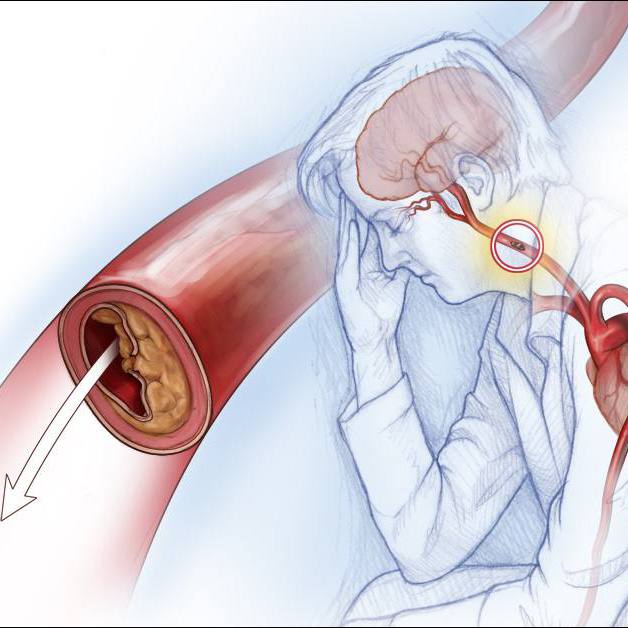It's estimated that 2 to 3 million people in the U.S. are living with the hepatitis C virus, and hundreds of thousands of them are undiagnosed. That's primarily because it tends to be asymptomatic in the initial stages until liver damage sets in decades later.
A recent study coauthored by Dr. Karthik Gnanapandithan, a hospitalist at Mayo Clinic, found that nearly 40% of people with hepatitis C living in the U.S. are not even aware they have the infection. That's roughly 800,000 people.
So, what is hepatitis C? And how is it treated?
Journalists: Broadcast-quality video (1:06) is in the downloads at the end of this post. Please courtesy: "Mayo Clinic News Network." Read the script.
Hepatitis C is a viral infection that causes liver inflammation.
"If untreated, it causes permanent damage, fibrosis, and liver failure. The liver loses its function, and, ultimately, toxins accumulate in the body and the other organs also get affected," says Dr. Gnanapandithan. "And if not treated properly, in time, it can cause liver damage requiring liver transplant or any further complications."
Hepatitis C is spread by contact with blood that has the virus in it. The two most common ways it's transmitted are the sharing of contaminated needles by IV drug users and sexual transmission.
"This is an infection that is completely curable. And if not treated, it leads to life-threatening consequences," says Dr. Gnanapandithan. "It's usually a combination of two medications. It's given over an eight-to-12-week period, and they're extremely effective. And the cure rate is more than 95%."
The Centers for Disease Control and Prevention recommends that every person over age 18 should be screened for hepatitis C at least once in their lifetime. Anyone who is pregnant should be tested during each pregnancy. And those in high-risk groups should have regular periodic testing.
Related Articles







